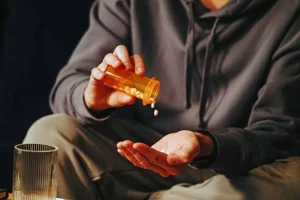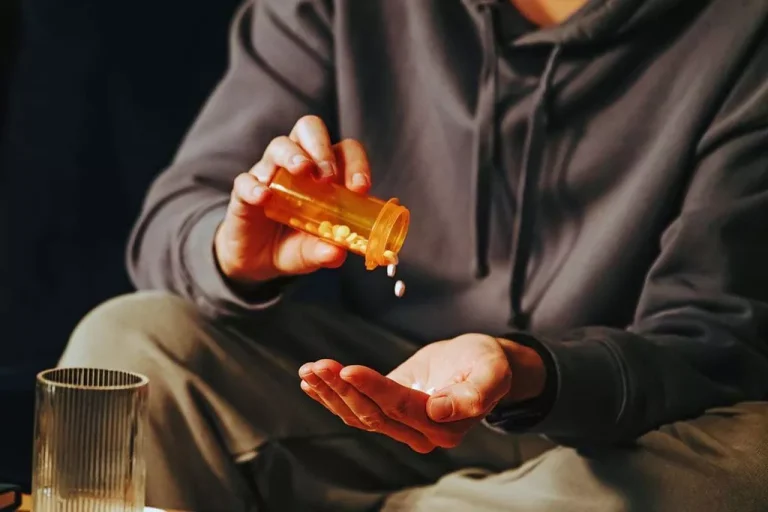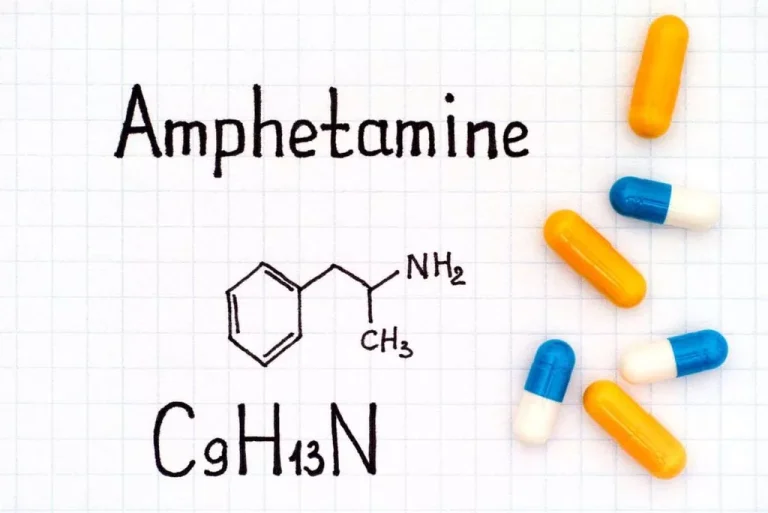
One afternoon last October, Tricia Dahl lingered in the kitchen as her two sons, then ages 14 and 15, and their friends filled their plates with pizza bites and chips. One of the friends turned to Dahl and said he’d heard a lot of classmates say that a popular vaping device didn’t contain nicotine in its refillable vape liquid. Vaping hasn’t been around long enough for us to know its long-term effects on the body. But health experts are reporting serious lung damage in people who vape, including some deaths. As more teens develop an addiction to vaping nicotine or CBD oil, Williamson has treated more and more teens with lung problems, agitation and anxiety.
Complications of addiction
- Previously, the minimum age was 18 in some states and 21 in others.
- You can explain that you’re learning about vaping just like they are, says Deepa Camenga, MD, a Yale Medicine pediatrician who researches youth substance use.
- And when you factor in a vaping industry that’s tailor-made to take advantage of young people, it’s hardly surprising that many teens are finding themselves exposed to e-cigarettes.
- Remind them that above all else, you love them, and that’s the motivating factor behind the conversation.
A lot of the new vaping devices allow modification of nicotine delivery and often are delivering way more nicotine to the body than a normal cigarette would. You can buy extra strength cartridges or increase the voltage on the devices to get a higher hit of the substance. The high intake of nicotine is concerning, and many people will have a hard time quitting vaping once they start. The dramatic rise in vaping among teens is alarming to pediatricians and parents alike.
How many teens vape in Australia?
- Vaping may pose dangers that researchers have yet to uncover.
- Even if everything goes well, over time there will be new curiosities, product developments and research findings.
- Among 12th graders who reported vaping near-daily, a third said they vaped to feel good or because it is more convenient than cigarettes.
- First, you must decide what you are and aren’t comfortable with.
We found those who’ve had a traumatic experience by age 12 are more likely, at age 15, to say they’ve tried vaping (64%), vape regularly (63%) or intend to vape in the future (44%). Our new study examined self-report surveys from 2,234 Year 7 and 8 students from 33 schools across New South Wales, Queensland and Western Australia, collected as part of the Health4Life study. The surveys assessed trauma history at age 12 and vape use three years later. But self-medicating is particularly problematic for young people. The adolescent brain is still developing, so it is more susceptible to the harmful effects of nicotine, alcohol and other drugs. The reasons for this are complex and may involve a range of factors, including social and environmental influences.
Under the influence: NIH research shows teen vaping, social pressure on the rise
If someone tries to coerce you into vaping again, simply give a firm but polite “no thank you.” A good friend will respect that boundary. Vaping may pose dangers that researchers have yet to uncover. As recently as 2019, a synthetic form of vitamin E was identified as a possible culprit behind an outbreak of lung injuries among vape users. In addition, one 2021 study of vaping aerosols and liquids identified the presence of nearly 2,000 unknown chemicals. In addition to nicotine, the aerosol from your vape may expose you to other unhealthy chemicals.

- Less than 10% of that same group said vaping helped them quit smoking cigarettes.
- The stress of prepping for a job interview, for example, could increase your desire to vape.
- Many kids and teens say they initially tried e-cigarettes because their friends were using them.
- If your teen vapes, Krishnan-Sarin says to take it as seriously as any other addiction, and be aware of how hard it is to quit.
- Elsa Pearson, a policy analyst at Boston University, says that among this generation, smoking is “a complete faux pas” but vaping is seen as benign — and cool.
“Research has shown that teenagers who smoke marijuana are at much greater risk of becoming addicted to it,” says Dr. Volkow. To help address this problem, a federal law that prevents people under the age of 21 from buying vapes and tobacco products went into effect in January 2020. Previously, the minimum age was 18 in some states which of the following is a type of indirect peer pressure? and 21 in others. Bagwill’s experience highlights the challenge of broaching the subject with teens—especially when vaping has become so normalized in schools and among peer groups.

Teens and Vaping—How to Respond, Talk Through It, and Get Them to Stop
Unfortunately, kids and teens have also picked up on this messaging and often underestimate the risks of vaping. The sweet flavors can also play into the harmless appearance of vape products. Using e-cigarettes and other vape devices can lead to nicotine addiction and expose you to dangerous toxins. Learn more about how it compares to smoking, the unique risks young people face, and how to quit the habit.

“The vaping studies have worried us enormously,” says NIDA Director Nora Volkow, M.D. “While teen smoking rates remain at historically low levels, more teenagers are embracing vaping and are being exposed to drugs that otherwise they may not have taken.” Vapes and e-liquids have often been touted as fun, fruit-flavored, and safe.


And the Food and Drug Administration (FDA) had recently announced its plans to investigate Juul Labs, maker of Juul, on the grounds that some of its early, candy-hued social media ads seemed aimed at youth. CHOC teen advisers, a group of teens active in their community, committed to academic success, and who support CHOC’s mission, offer their advice for teens struggling to deal with peer pressure to vape. It’s true that vaping is an increasingly common habit among young people. In a 2021 U.S. survey, more than two million middle and high school students said they had used electronic or e-cigarettes within the past month.
